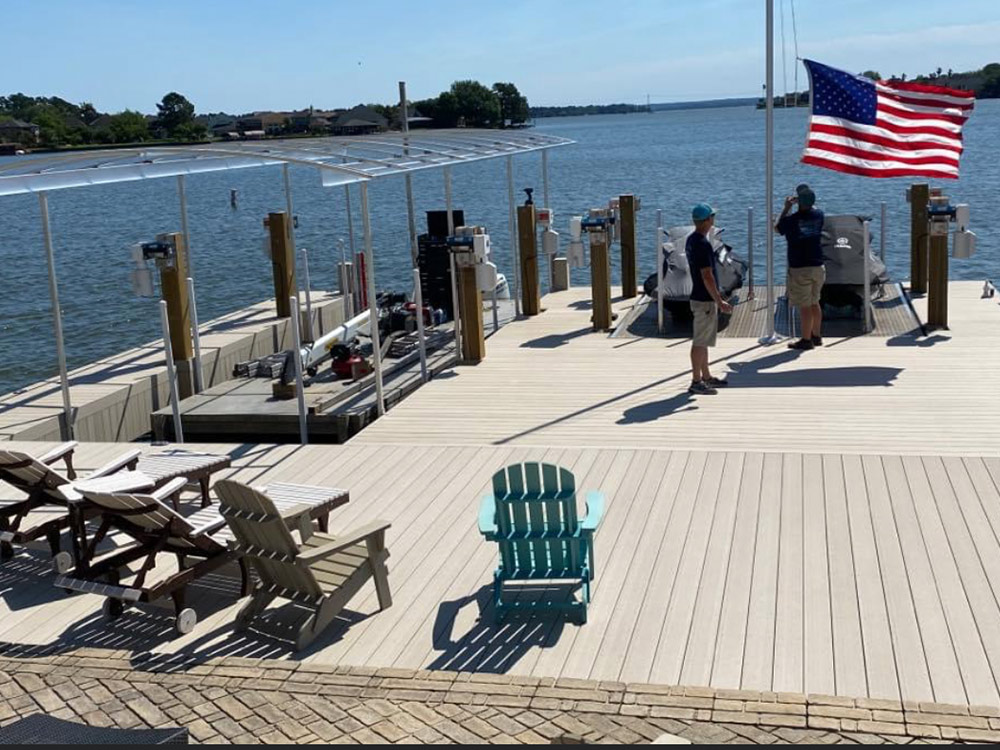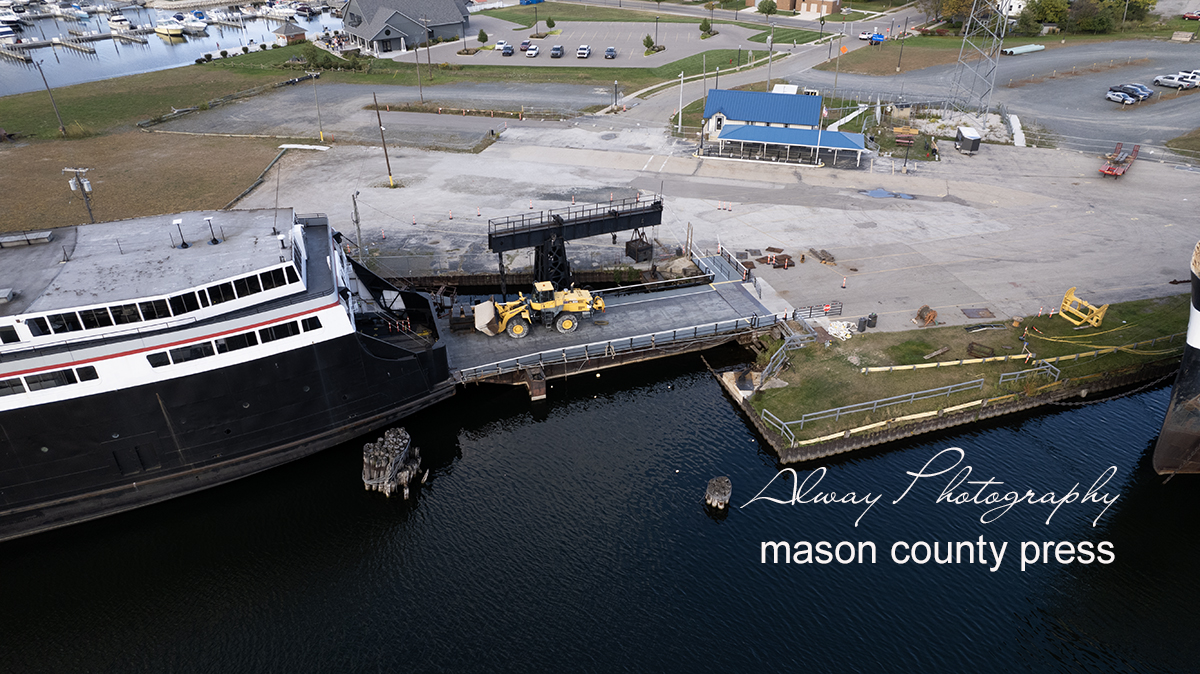Understanding the Prices Associated With Dock Repairs
Understanding the Prices Associated With Dock Repairs
Blog Article
Efficient Dock Repair Work Techniques: Making Sure Structural Stability
Making certain the architectural honesty of docks with efficient repair service strategies is extremely important for the longevity and safety and security of aquatic facilities. This includes a multi-faceted technique beginning with thorough assessments using sophisticated innovations like sonar tools and from another location operated vehicles (ROVs) to find both noticeable and concealed damages. Subsequently, picking the ideal repair service products, such as corrosion-resistant alloys and composite products, is critical for toughness. Structural reinforcement techniques, consisting of the implementation of cross-bracing systems and load-distribution plates, play a crucial function in mitigating stress points. Nonetheless, the value of these techniques ends up being obvious when exploring advanced fixing approaches and preventative maintenance approaches.
Examining Dock Damage
Assessing dock damages is a vital first action in making sure the architectural integrity and safety and security of any kind of docking facility. Trick facets to take a look at include the dock's foundation, pilings, outdoor decking, and equipment (Dock Repairs).
Structural designers or certified inspectors usually do these assessments using specialized techniques and devices. Undersea examinations may employ finder devices or remotely operated automobiles (ROVs) to find submerged damages. Above water, visual assessments are enhanced by utilizing dampness meters and other analysis tools to uncover underlying issues not quickly noticeable to the naked eye.

Deciding On Repair Materials
Picking the proper repair materials is a critical step in the dock remediation procedure, one that directly affects the long life and performance of the repaired structure. Material option have to be driven by aspects such as environmental problems, load-bearing requirements, and compatibility with existing dock elements.
In enhancement to timber, composite materials are increasingly popular due to their longevity and low maintenance demands. Composites, generally made from a blend of plastic and wood fibers, use superb resistance to rot, pests, and UV damage. For metal docks, choosing corrosion-resistant alloys such as galvanized steel or marine-grade light weight aluminum is important to stop rust and guarantee structural honesty in saline water conditions.
Epoxy resins and marine-grade sealers are important for repairing cracks and sealing joints, giving a water resistant barrier and boosting the dock's total strength. By diligently selecting top quality products, dock repairs can attain long-lasting results, therefore securing versus future deterioration and making sure secure, reputable usage.
Structural Support Techniques
Efficient architectural support techniques are important in guaranteeing the security and long life of dock repair services. One basic method includes the usage of steel or composite reinforcement bars (rebar) within concrete structures. Rebar provides additional tensile stamina, avoiding splits and distributing lots extra uniformly. This method is particularly efficient for anchors revealed to hefty loads or harsh environmental conditions.
An additional necessary strategy is the application of fiber-reinforced polymers (FRP) These materials use high strength-to-weight ratios and exceptional resistance to rust, making them excellent for reinforcing wooden or concrete anchors. FRP can be applied in strips or sheets and adhered with epoxy resins to improve structural integrity.
Supporting and anchoring systems likewise play a crucial duty in architectural support. Cross-bracing, making use of steel or wooden beam of lights, can neutralize lateral pressures, decreasing guiding and motion. Securing systems, such as helical piers or driven stacks, provide a stable structure by transferring lots to deeper, a lot more stable dirt layers.
Lastly, the combination of load-distribution plates can help distribute weight much more equally across the dock's surface area, mitigating local tension factors. These techniques collectively ensure that anchors stay risk-free and robust, capable of enduring the roughness of their functional environment.
Advanced Repair Methods

Another sophisticated strategy involves underwater welding, which enables fixings to be performed without the need to dewater the location. This method is especially useful for addressing structural concerns in submerged dock elements, making certain minimal interruption to procedures. Enhanced welding techniques, coupled with robotic systems, provide precision and reliability, therefore prolonging the life expectancy of the dock.
Furthermore, cathodic defense systems are applied to prevent corrosion in metal dock frameworks. By utilizing sacrificial anodes or pleased existing systems, these techniques effectively reduce the electrochemical procedures that result in material wear and tear.
Last but not least, progressed tracking technologies, such as architectural health monitoring (SHM) systems, give real-time information on the problem of dock frameworks. These systems allow proactive maintenance and timely treatments, inevitably guaranteeing the long-term architectural honesty of the dock.
Maintenance and Prevention
Upkeep and avoidance are essential ideas that underpin the longevity and security of dock frameworks. Routine evaluations are vital, permitting very early detection of deterioration, potential weak points, and ecological effects. A proactive approach, involving regular checks for deterioration, rot, and architectural shifts, minimizes expensive repair services and lengthens the dock's functional life.
Safety nets need to consist of applying safety layers to steel components to defend against corrosion and making use of cured timber to resist degeneration. Additionally, making certain correct drainage and ventilation can avoid water build-up, which is an usual cause of architectural degradation. Including high quality materials and adhering to maker guidelines during building and repair stages also play important duties in enhancing durability.

Training workers in dock maintenance ideal techniques ensures regular application of precautionary procedures. Leveraging technological advancements, such as drones for assessments and sensors for real-time surveillance, can further enhance upkeep efforts. By focusing on upkeep and prevention, dock proprietors can make certain architectural integrity, operational safety, and economical monitoring over the dock's lifespan.
Verdict
In conclusion, keeping the structural honesty of aquatic facilities necessitates detailed dock repair work strategies. Advanced repair service strategies, coupled with routine maintenance methods, make sure the dock continues to be safe and operational under varied environmental conditions.
Ensuring the architectural stability of docks through effective fixing methods is extremely important for the longevity and safety of marine facilities.Picking the appropriate fixing products is a pivotal step in the dock restoration process, one that straight influences the long life and efficiency of the fixed structure.Reliable structural reinforcement techniques are critical in ensuring the stability and long life of dock repairs. By prioritizing maintenance and prevention, dock proprietors can ensure structural stability, functional safety and this post security, and economical monitoring over the dock's life-span.
In final thought, maintaining the structural integrity of marine centers demands detailed dock repair work strategies.
Report this page